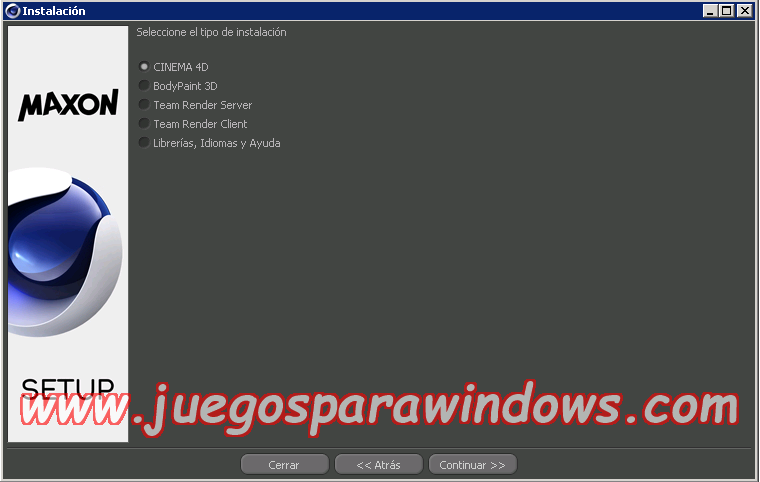

IRender is a Vietnamese company operating internationally that is based on the model of PaaS (Platform-as-a-Service), which rents the GPUs and CPUs on the cloud for 3D rendering. If there’s not enough VRAM, then you can enable OctaneRender’s Out-Of-Core features.Īs OctaneRender does not use the CPU for rendering, a fast multi-core CPU is not required, but it does significantly improve scene-loading speeds.įor Octane Version 3.03.2 or higher, Nvidia GTX Titan X, GTX 1080, GTX 1070 are recommended, and with Octane Version 3.08 or higher, Octane users should use Nvidia RTX or Nvidia Titan V. OctaneRender scales perfectly in a multi-GPU configuration and can use different types of NVIDIA cards at once. GPUs from the GeForce® line are usually clocked higher and render faster than the more expensive Quadro® and Tesla GPUs. It also requires a minimum of 8 GB RAM, and we recommend 16 GB or more.
#OCTANE RENDER 2 CRACK DRIVERS#
OctaneRender requires the latest CUDA® 10 drivers and a CUDA-enabled NVIDIA® video card with support for compute capability 3.0 or higher.

īesides, Octane has a pretty strong selling point. Plus, there are many other places that you can find support for Octane such as on Quora, or on the official Otoy’s forum. The Octane community is so big: at the time of writing, Octane Facebook Group has nearly 40 thousands members.
#OCTANE RENDER 2 CRACK UPDATE#
It is awesome to see the update in real-time whenever an object, a light added or texture attribute is changed. Especially since Octane uses GPUs to process the rendering. Octane increases your workflow speed with liveviewer: the liveviewer in Octane allows users to see a rendered scene in almost real time.

Octane cuts through simple scenes like butter and turns those minutes into seconds.


 0 kommentar(er)
0 kommentar(er)
